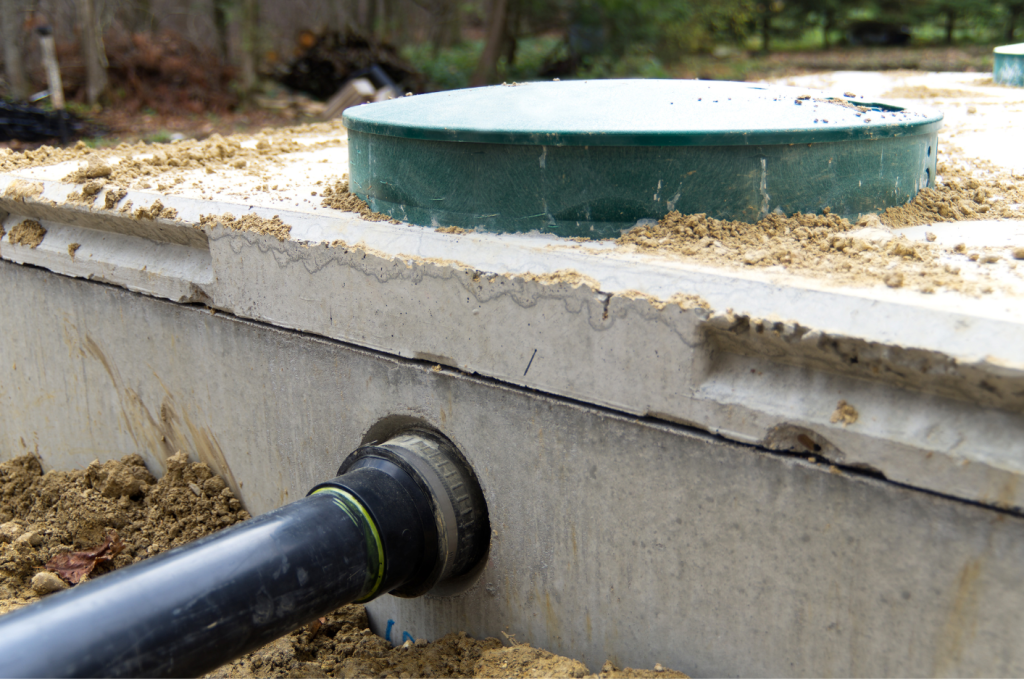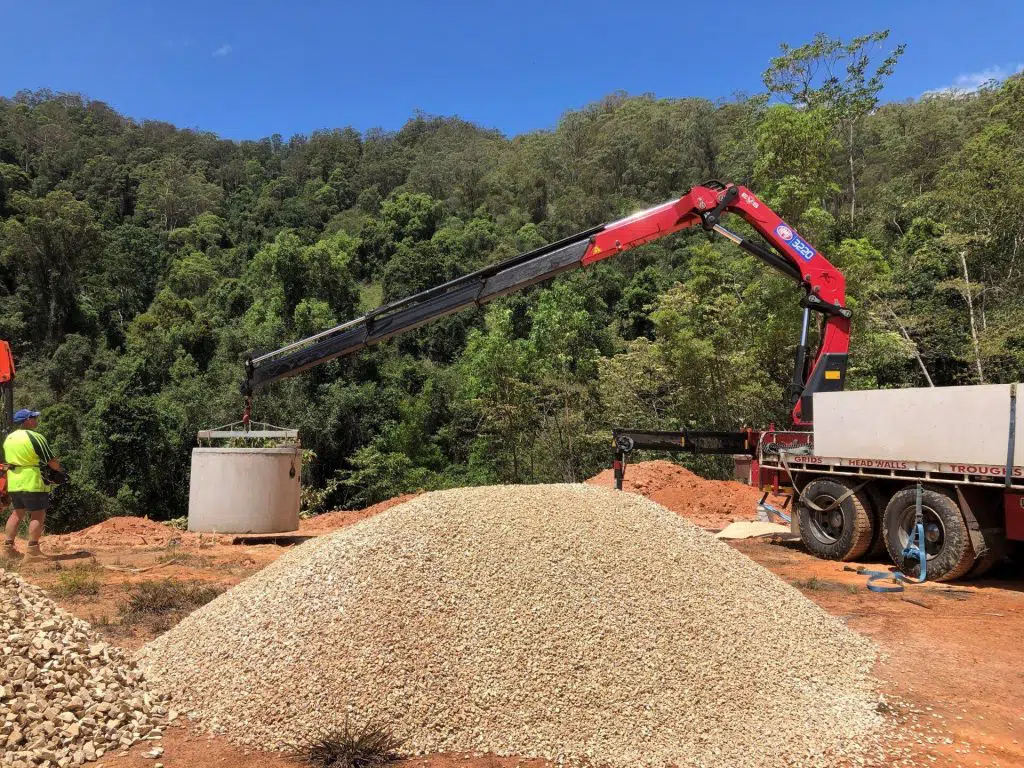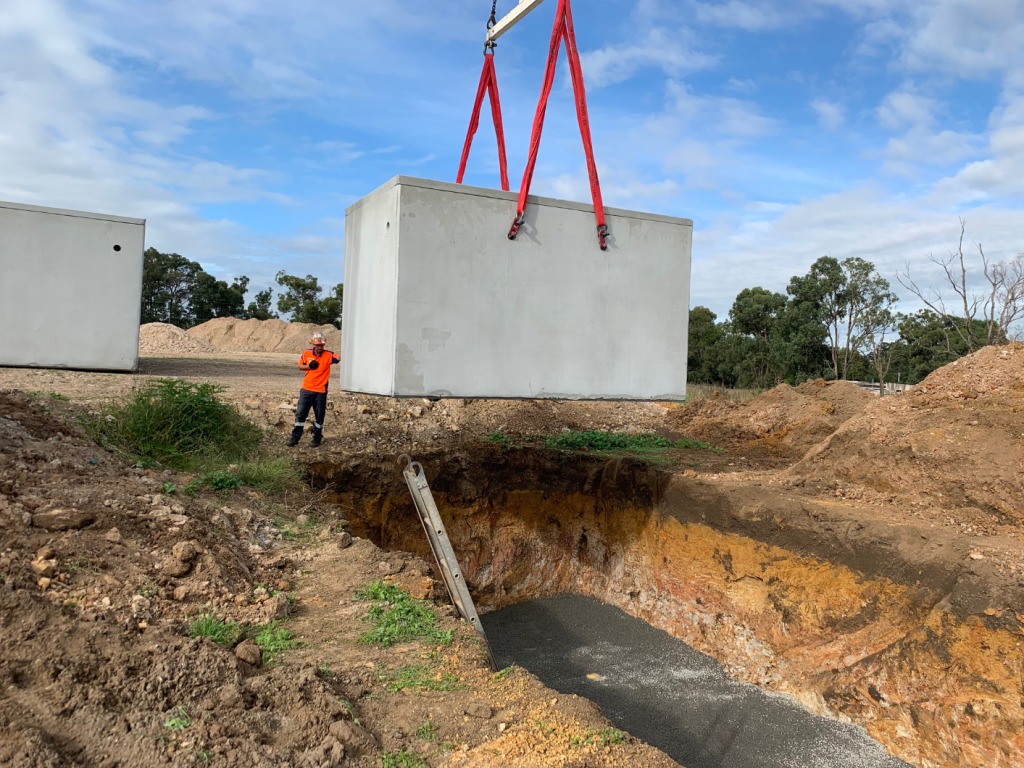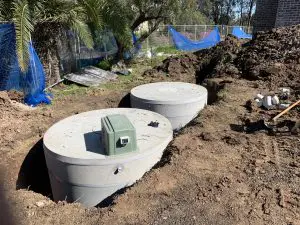The 5 Most Common Septic Tank Problems and How to Avoid Them

A septic system is an essential part of many rural homes and properties, quietly doing the dirty work of wastewater treatment. However, like any system, it can encounter problems that, if left unchecked, may cause major issues. As a homeowner, understanding the most common septic tank problems and knowing how to avoid them can save you from costly repairs and inconveniences down the road. In this blog, we’ll cover the five most common septic tank issues, the signs that they’re happening, and—most importantly—how you can prevent them with regular maintenance and smart habits. Whether you’re installing a new septic tank or maintaining an existing one, this guide is designed to help you keep your system running smoothly for years to come.
The Hidden Dangers of Bleach: Keeping Your Septic Tank Healthy

When it comes to maintaining your home, many of us have been taught that a little bleach goes a long way in keeping things clean. But when it comes to your septic tank, that familiar “bleachy stuff” can actually do more harm than good. Let’s dive into why avoiding bleach and other harsh chemicals is essential for your septic system’s health, and what you can do to keep everything running smoothly.
Choosing the Right Septic Tank Size for Your Home: Why It Matters and How to Get It Right

When it comes to managing household waste, having a septic tank is a practical and effective solution for many homeowners, especially those not connected to a municipal sewer system. However, selecting the correct size for your septic tank is crucial for ensuring its efficient operation and longevity. In this blog, we’ll explore how to determine the right size septic tank for your home, the benefits of having the appropriate tank size, and the potential consequences of getting it wrong.
Managing Septic Tanks for Businesses: Ensuring Smooth Operations and Environmental Responsibility

In the realm of business operations, there’s a number of essential elements to consider, and among them is often the humble septic tank. While it might not be the most glamorous topic, it’s undeniably crucial for maintaining a smooth-running establishment, whether it’s a small enterprise or a large-scale industrial facility. In this guide, we’ll explore the ins and outs of managing septic tanks for businesses, emphasizing both operational efficiency and environmental responsibility.
The Vitality of Desludging: Ensuring the Longevity of Your Wastewater System

In the realm of wastewater management, the significance of desludging cannot be overstated. Whether you’re a homeowner with a septic tank or overseeing a large-scale wastewater treatment facility, proper maintenance is paramount for the functionality, efficiency, and longevity of your system. Desludging, the removal of accumulated sludge and solids from tanks and treatment units, stands as a cornerstone of responsible wastewater management. In this discourse, we delve into the reasons why desludging your wastewater system is not just important but imperative
Common Septic Tank Problems and How to Prevent Them

Maintaining a healthy septic system is essential for the smooth operation of your household’s wastewater management. However, like any other component of your home, septic tanks can encounter issues over time. From clogs and leaks to drain field problems, understanding these common septic tank problems and implementing preventive measures is key to avoiding emergencies and prolonging the lifespan of your system. In this comprehensive guide, we’ll explore the typical issues homeowners may encounter with their septic tanks and provide practical tips for prevention.
Secrets to keeping an Odor Free Septic System

When it comes to home maintenance in Sydney, one aspect that often goes unnoticed until there’s a problem is the septic system. While septic systems are a reliable and efficient way to manage wastewater in many Sydney homes, they can sometimes develop unpleasant odours that are not only a nuisance but also a sign that something might be amiss. In this comprehensive guide, tailored to the unique conditions of Sydney, we’ll uncover the secrets to maintaining an odour-free septic system that will keep your home smelling fresh and clean.
Smart Investing: How Regular Servicing Saves You Money in the Long Run

As homeowners, we often encounter various responsibilities that come with maintaining our properties. One aspect that might not always be top of mind but is crucial for long-term financial well-being is the regular servicing of our Aerated Wastewater Treatment Systems (AWTS) and septic tanks. In this comprehensive guide, we will delve into the financial advantages of investing in regular servicing for AWTS and septic tank owners.
Septic Tank Inspections: Why They’re Crucial for Homebuyers

Septic Tank Inspections: Why They’re Crucial for Sydney Homebuyers When it comes to buying a home in Sydney, there are countless factors to consider. From location and size to layout and price, the list seems never-ending. However, one aspect that should be at the top of your priority list, especially if the property has a […]
Choosing the Right Septic Tank Size for Your Sydney Property

Choosing the Right Septic Tank Size for Your Sydney Property If you’re a homeowner in Sydney considering installing a septic tank or replacing an existing one, one of the most critical decisions you’ll need to make is determining the appropriate septic tank size for your property. This decision has a significant impact on the functionality, […]




